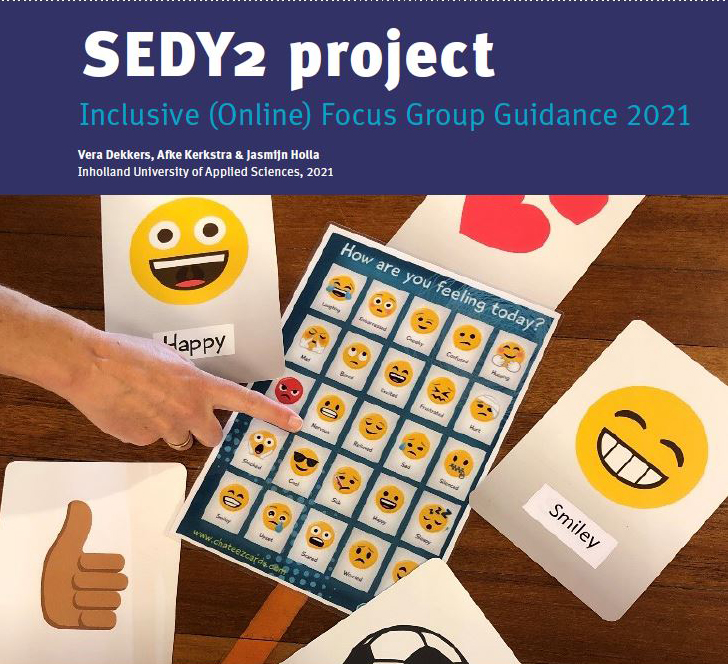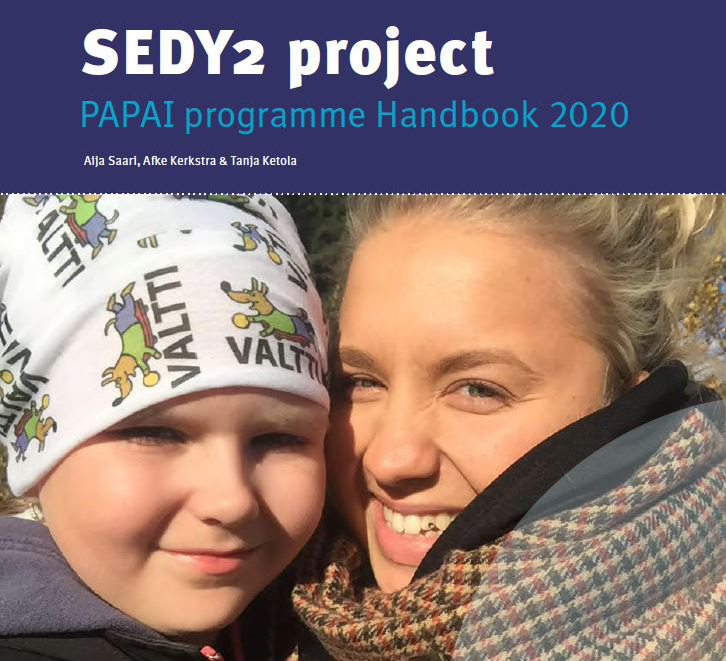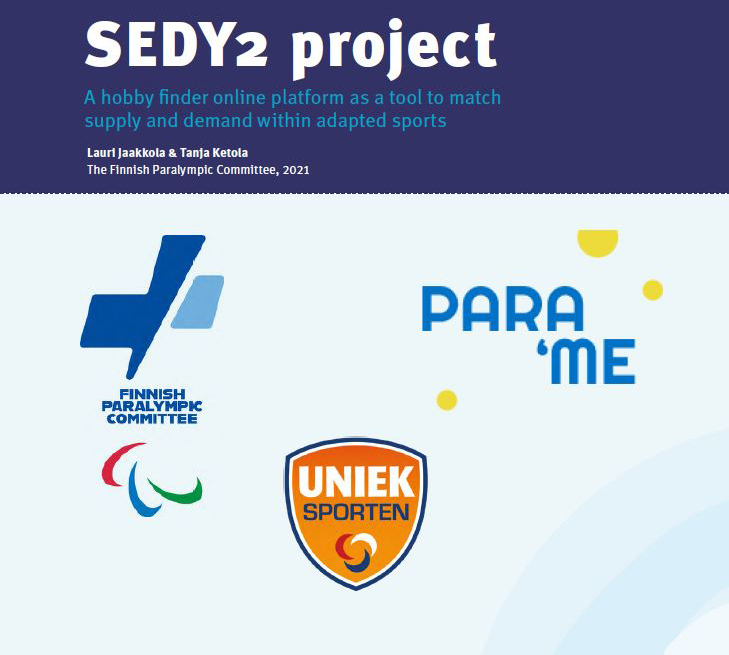Every person has the same right to participate in play, recreation and sporting activities, but equal access has not always to be the case for youth with disabilities. Instead, youth with disabilities are generally less physically active, participate less in sports activities and show a reduced fitness level compared to their non-disabled peers.
SEDY2 aims to address these issues by encouraging inclusion and equal opportunities in sport. To do so, the project partners have intensely analyzed the field of sport and inclusion and the particular needs of disabled youth. Using these findings, a variety of educational materials and practical resources were developed for the benefit of practitioners, coaches and other stakeholders.
On this page, we present these materials, with a particular focus on the educational videos and associated materials produced. To find out more about the project, you can also visit its
official website.





